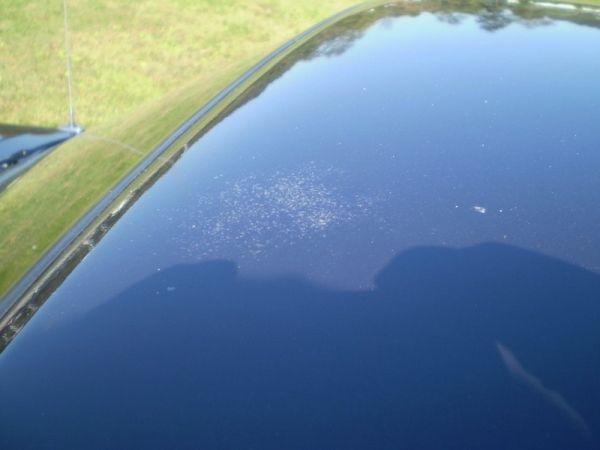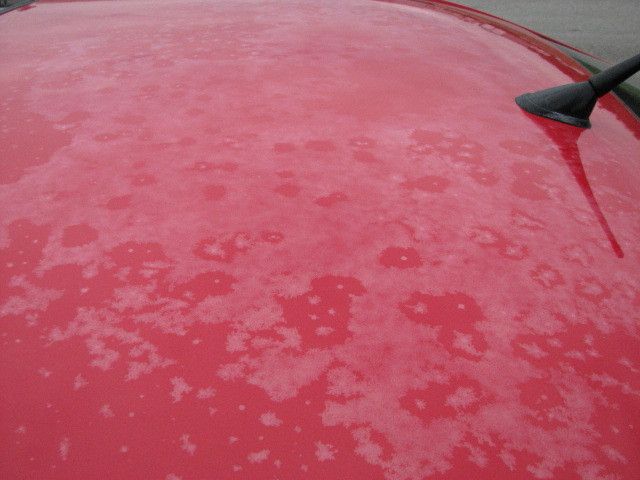Hello everyone! I'm not sure if this is the right forum section to post this, so please don't scold me too much.
I recently came across a 96' Mystic Cobra over a year ago. She does a lot of sitting outside and the paint looks terrible to me. Also, recently I started noticing what seems to be some minor oxidation in the paint/clear coat on the roof. (Please correct me if I'm wrong, since I'm relatively new to car detailing).
I would like your opinions on that matter if it can be corrected via DA polisher and what steps would you recommend to go about doing so. Any assistance is greatly appreciated.
(Just for future reference I have no experience with a DA polisher but have been doing a lot of researching over the last couple months). I've just used a cheapo $20 random orbital which I know does no paint correction. Thanks.
I've ordered this kit for reference with what I'll be working with.
Porter-Cable 7424XP-LC KIT 6" Car Polisher and Lake Country Pad Kit
Pics: (Sorry for the crappy cell phone pics, I don't have a high-quality camera).




I recently came across a 96' Mystic Cobra over a year ago. She does a lot of sitting outside and the paint looks terrible to me. Also, recently I started noticing what seems to be some minor oxidation in the paint/clear coat on the roof. (Please correct me if I'm wrong, since I'm relatively new to car detailing).
I would like your opinions on that matter if it can be corrected via DA polisher and what steps would you recommend to go about doing so. Any assistance is greatly appreciated.
(Just for future reference I have no experience with a DA polisher but have been doing a lot of researching over the last couple months). I've just used a cheapo $20 random orbital which I know does no paint correction. Thanks.
I've ordered this kit for reference with what I'll be working with.
Porter-Cable 7424XP-LC KIT 6" Car Polisher and Lake Country Pad Kit
Pics: (Sorry for the crappy cell phone pics, I don't have a high-quality camera).






